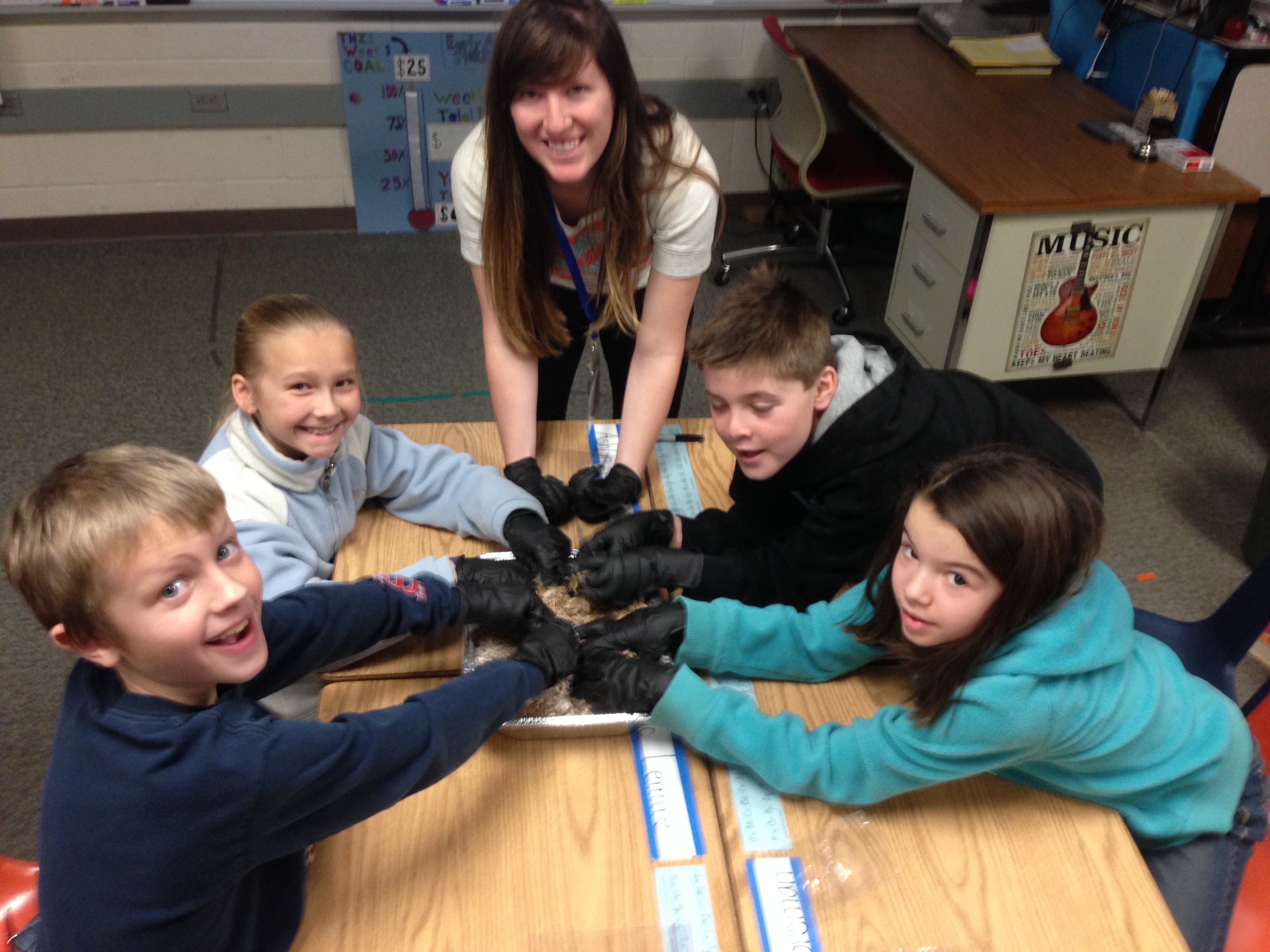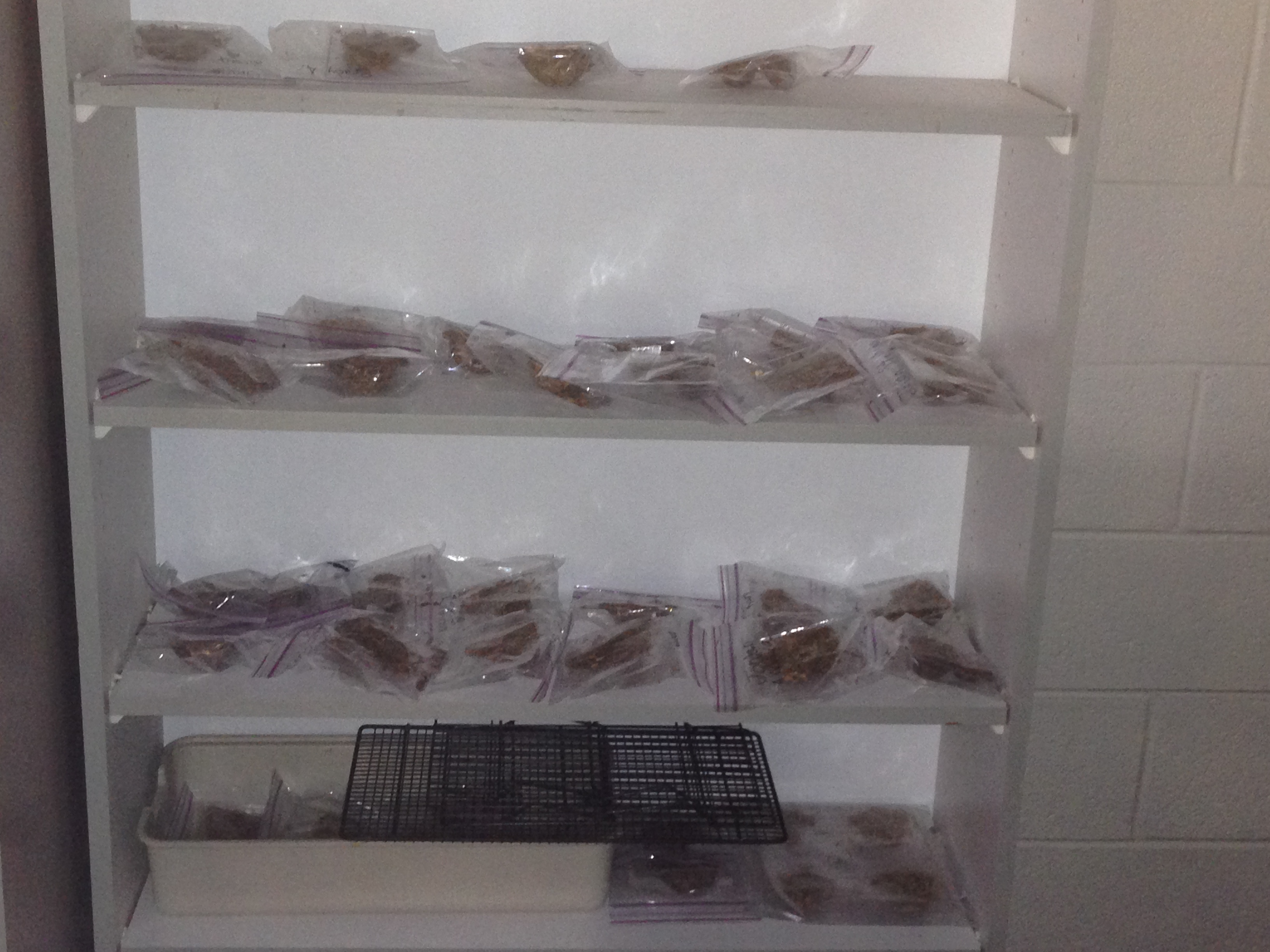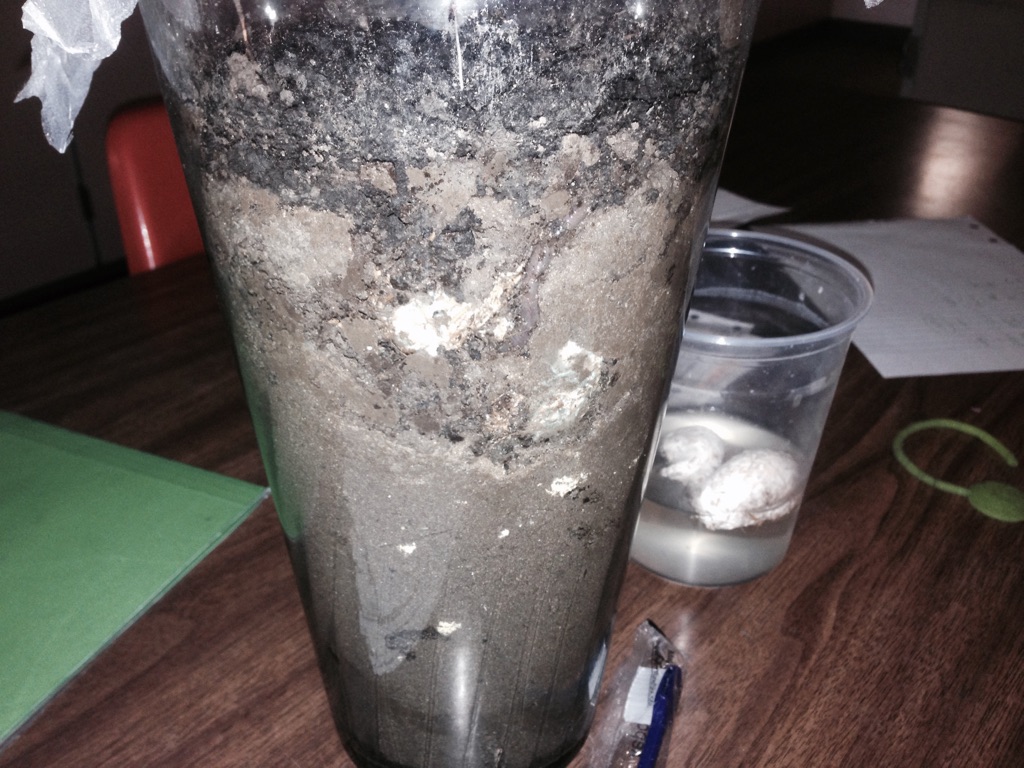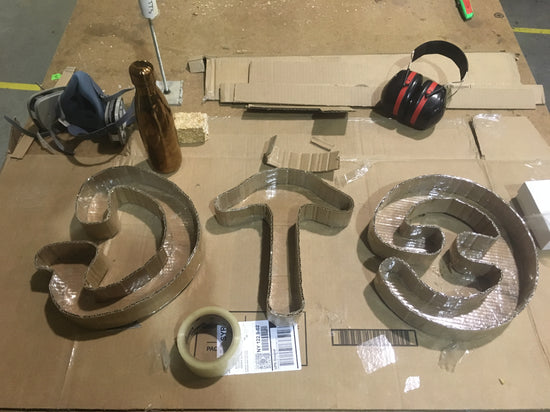Written by Kaitlyn Aholt and Alicia Crawford- Materials Chemistry at Steelcase
This past March, Steelcase’s Materials Chemistry team (part of Global Environmental Sustainability team) took a trip out to Cherry Creek Elementary in Lowell, Michigan to spend the morning with Mr. Audia's 4th grade science class. He periodically brings in guest speakers to talk about their careers and give his students an idea of the many different paths they could choose in life. What an awesome 4th grade teacher, right? We spoke about our Materials Chemistry work from an innovation perspective by showing photos of people we believe to be innovators and having the students guess who was in each image. Thankfully, everyone knew Thomas Edison. There was also one die-hard Apple fan who picked out Steve Jobs, but most students couldn't guess why he was an innovator. When we explained that he innovated the way people listened to music by inventing the iPod, nearly making CDs obsolete, one student asked, What's a CD? Come to find out, no one in the class even knew what a CD was anymore... man we felt old! And of course, every hand shot up when we showed Taylor Swift! 
Finally, we showed a picture of Eben Bayer and Gavin McIntyre, co-founders of Ecovative Design. Then we conducted a hands-on experiment with the Ecovative GIY "Grow It Yourself" Mushroom Material kits to allow the students to see how these two were innovators. Ecovative uses agricultural byproducts in combination with the root structure of mushrooms, called mycelium, to grow Earth friendly materials like packaging and engineered woods.

Each student had the opportunity to get their hands on the raw material and then create their own toys with it. They started off with bags of dehydrated material in front them. After adding water and flour, the students watched over the next few days as the mycelium came back to life and grew out to be white and strong around the corn stalks and husks in the bag. Once fully white, they took this material, crumbled it up into small pieces with their hands, and put it into little duck molds!


They set the ducks on a shelf and observed the material over the next few days. 
Each day, the ducks turned more and more white because the mycelium was growing and binding all the loose particles together! Mycelium is similar to a natural glue or resin.

The "quackers," as Mr. Audia refers to them, are now decomposing in a glass jar filled with worms, bacteria, and moisture so the kids can see how these materials breakdown over time.

Through this experiment, the kids were able to discover the power of innovation and learn about those who strive to innovate. They were able to have fun with science and see how something as simple as mushrooms can change the way we look at materials. It is our hope that experiments like these can continue to inspire the youth of today and produce future innovators.




